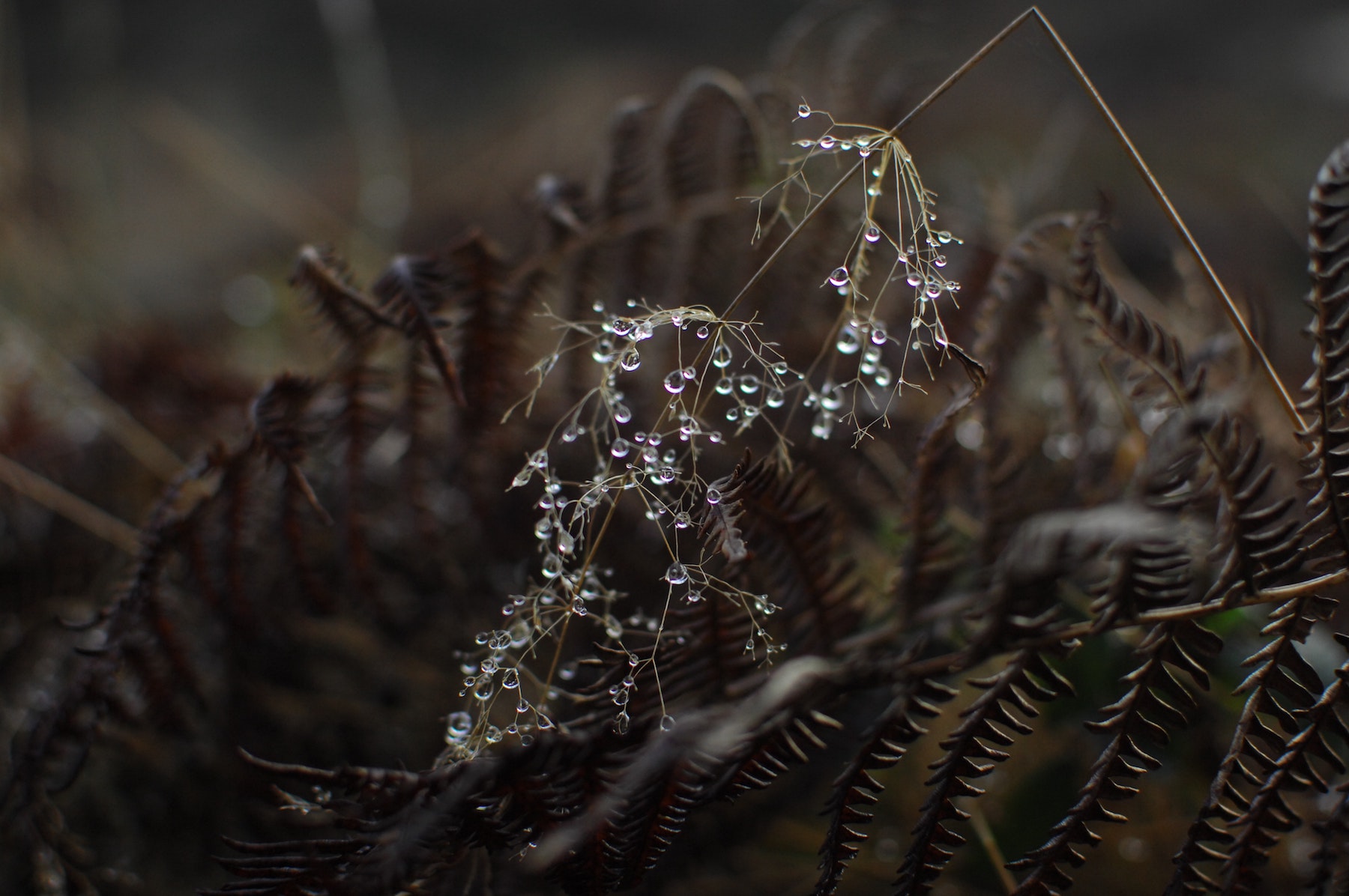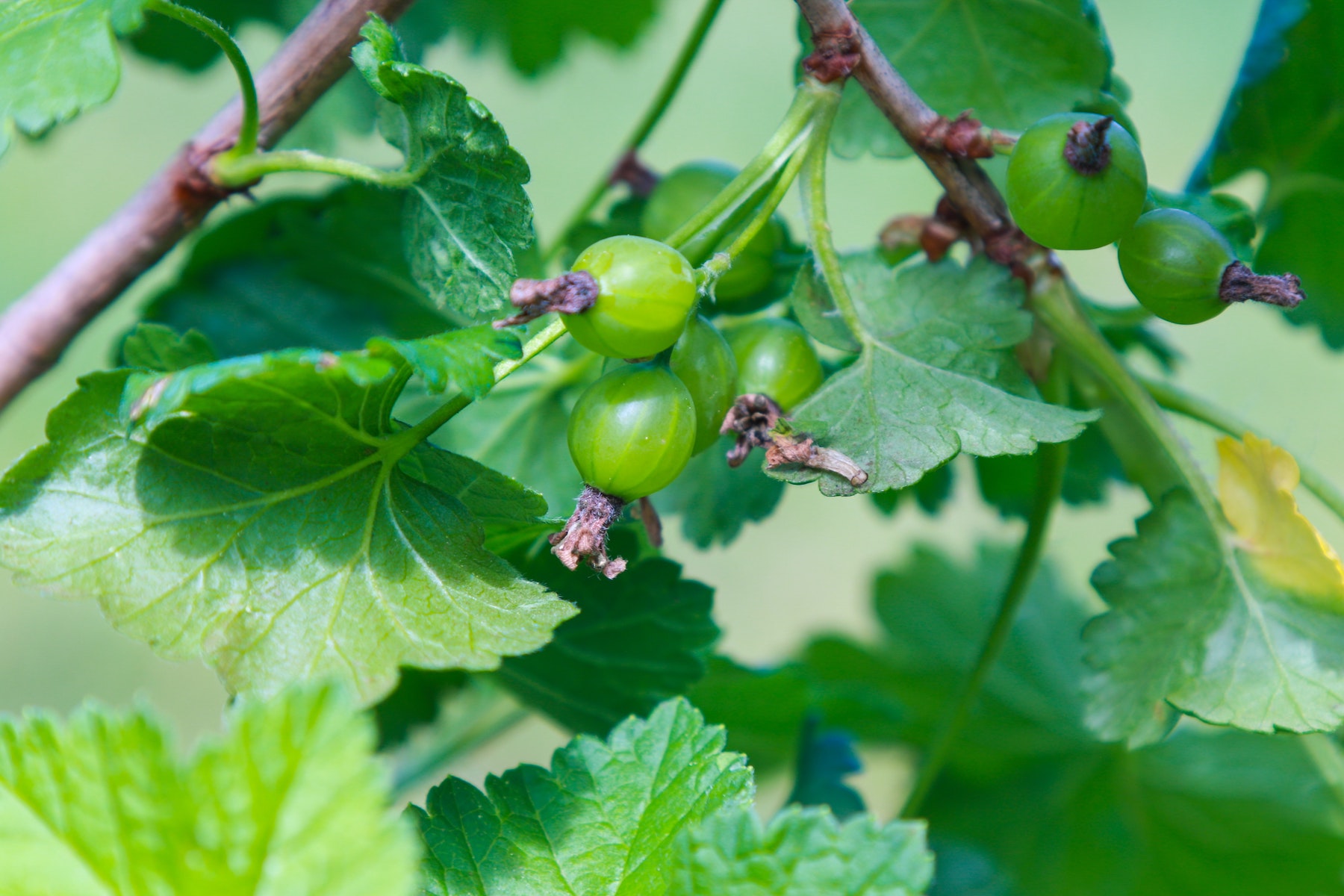What to plant in November
In warm areas of the country, planting vegetables in November allows for a longer growing season, and in cold areas of the country, planting vegetables in November provides a jump-start on spring.

Here are some vegetables that are safe to plant in November.
Overwintering onions

Plant seedlings about eight to ten inches apart and then leave them alone until spring. Once they've sprouted and grown some height, cut off the top of each bulb (about an inch above where it's attached to its neighbor) so that it has a flat surface. This will help reduce rot over winter and make harvesting easy in spring.
Once your bulbs have been cut back, cover with straw or other loose material for insulation from cold temperatures; this step is optional but recommended if you live somewhere where temperatures dip below freezing at night during winter months—it will protect your plants from damage caused by frostbite.
In early spring when temperatures begin warming up again after this period of dormancy (between December through March), remove whatever covering you used in fall so that sunlight can get through again!
Raspberries
Raspberries are perennial plants, and they're a great choice for your garden. They can grow in containers, which makes them ideal for small spaces.

Raspberries are hardy and can be grown in many different climates. However, they are susceptible to disease if soil is not properly prepared before planting and if proper watering techniques aren't used after planting. Raspberries need full sun exposure so you'll want to make sure that there is not shade from nearby trees or buildings when planning out where your raspberry patch will go!
Raspberries need a lot of water due to their shallow root systems—they should be watered every day during the warm months (in the summer) but only once or twice per week during colder months when temperatures drop below 40 degrees Fahrenheit at night time temperatures too often.
Peas
Peas are a cool season crop and can be planted in early spring, summer and fall. Peas require full sun to produce well. In order to grow your own peas, you will need to ensure that the soil is well-drained, moist but not soggy and has plenty of nutrients.
Peas can be grown from either seed or transplant and they grow best in these conditions:
- Soil pH: 6.0 - 7.5; neutral/slightly acidic
- Soil type: loamy sand or sandy loam
- Watering: Regularly water until the seeds germinate
Apple trees
Apple trees are a long-term investment, but they can produce fruit for decades. Apple trees need a lot of care and maintenance, including pruning and spraying for insect pests. They grow best in temperate climates with warm summers, so you'll want to put them in an area where the temperature stays above freezing during winter months. Apple trees are self-pollinating, which means you don't need to plant more than one tree if you want to grow apples.
Gooseberry
Gooseberries are a great fruit to grow in your garden, and they're actually very hardy plants that can tolerate cold weather. They grow best in climates with cooler summers and milder winters. If you live in an area where the temperatures drop below 10 degrees Celsius (50 degrees Fahrenheit), this is a good fall crop for you to try out!

If you don't have much space or aren't ready to take on a new project just yet, gooseberries are also easy enough to keep indoors so long as they get plenty of light each day. If they do grow outside (and these plants will produce fruit even if they're not planted outdoors), make sure that there's no risk of frost before planting them or else wait until spring when temperatures are warmer again.
Radish
Chinese radish or daikon radish is best for November planting because it has a long growing season. It also performs well in cooler weather. Radishes that take less time to mature risk being damaged by freezing temperatures if they aren't harvested before you get a hard freeze.
Chinese radish or daikon radish is best for November planting because it has a long growing season. It also performs well in cooler weather. Radishes that take less time to mature risk being damaged by freezing temperatures if they aren't harvested before you get a hard freeze.
Radishes can be planted in late autumn or early spring and grown in your garden, container, greenhouse, cold frame or hot bed. They do produce better after some frost has occurred so if you have a long growing season this may not be an issue for you.
Try MarketGardenPro for Free